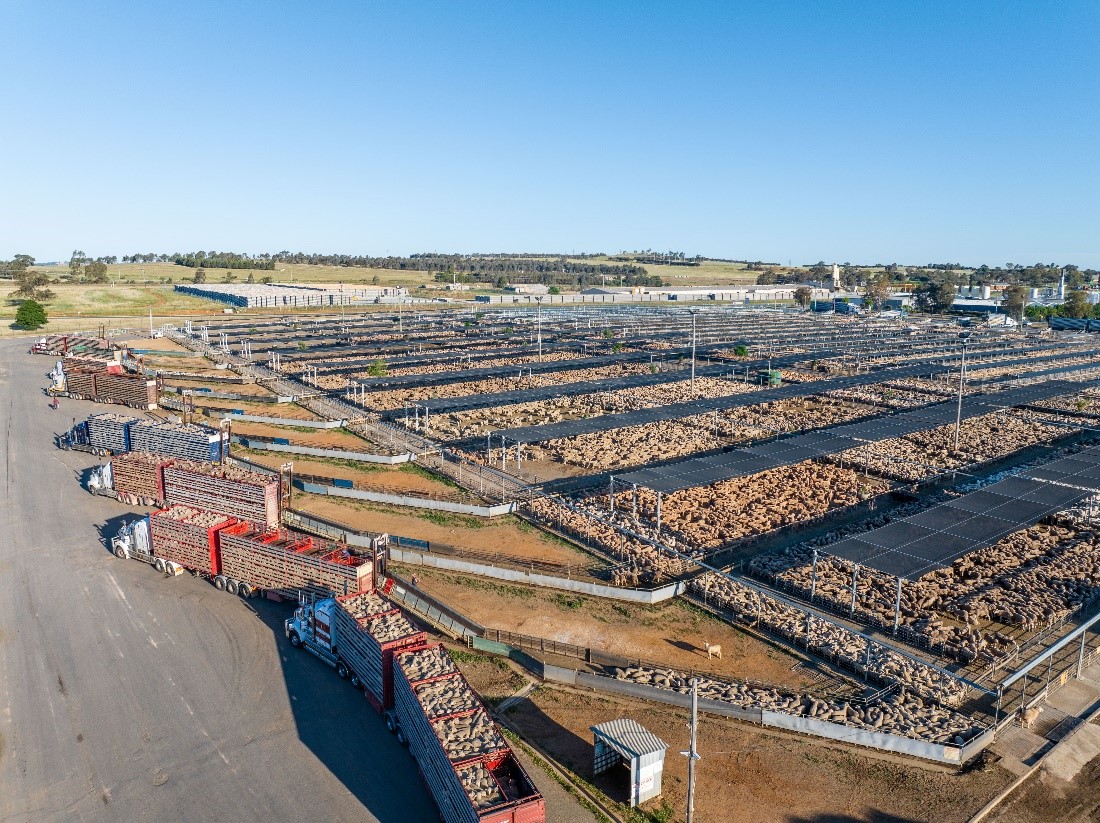Information for saleyards

Saleyards are a key link in the livestock supply and transport chain. There are roles and responsibilities for saleyard owners, operators and managers, as well as for owners, agents, stockpersons and transporters in relation to managing livestock.
Roles and responsibilities
Managing the animal welfare risk factors is a shared responsibility between all people involved, including stock owners, transport operators, saleyard personnel, livestock agents and stockpersons.
The Australian Animal Welfare Standards and Guidelines, Livestock at Saleyards and Depots (Saleyard Welfare Standards 2018) sets out the requirements for saleyards in relation to facility design, planning animal handling, roles and responsibilities and specific tasks.
Water and feed provision
Communicate right from the start
At the start of the journey, the owner or agent should communicate to the driver accurate information on water provision, to ensure appropriate water management throughout the transport process and saleyard process.
Set livestock up for success
The pre-transport phase has an important impact on the successful management of livestock during transport and at saleyards or depots. The provision of water is a key requirement for livestock welfare; the transport process and saleyard process means that livestock are often deprived of water and feed.
Consider the whole journey
The provision of water, feed and rest at a saleyard must take into consideration the time off water and food during the initial transportation to the saleyard, and the likely duration of the second journey where livestock will again be deprived of food and water until receival at their final destination.
Weather protection
Protection from weather conditions detrimental to certain species and classes must be factored into the design of saleyard facilities.
Chain of responsibility in saleyard processes
From a livestock welfare perspective, the stages in the saleyard process and the responsibilities of persons can be described clearly, as follows:
- Receival of livestock upon unloading (saleyard manager, livestock agents and stockpersons)
- The care and management of livestock in the saleyards including the handling, drafting, including selection as ‘fit for sale’, appropriate treatment for weak, ill or injured animals, penning for sale, holding post-sale, provision of feed and water whilst holding at saleyard (receiver - saleyard manager, livestock agents, stockpersons and buyers)
- Assembly and preparation of livestock for transport, including selection as ‘fit for the intended journey’ (consignor – saleyard manager, livestock agents, stockpersons, buyers).
Livestock not to be consigned to saleyards
Diseased, sick, injured, drought-weakened or heavily pregnant stock must not be consigned to, or processed through saleyards. Lactating cull dairy cows destined for slaughter should not be consigned to saleyards.
Content sourced from: Australian Animal Welfare Standards and Guidelines, Livestock at Saleyards and Depots (Saleyard Welfare Standards 2018)


